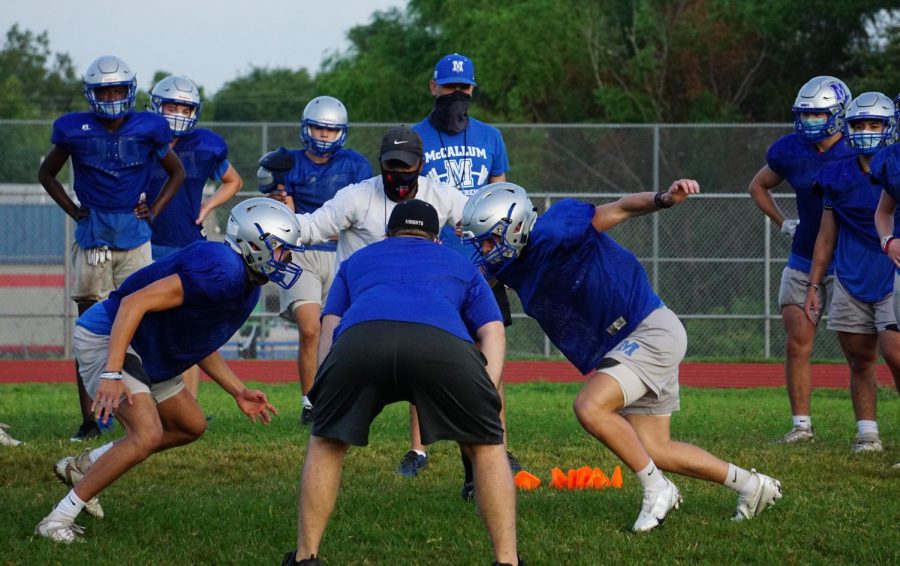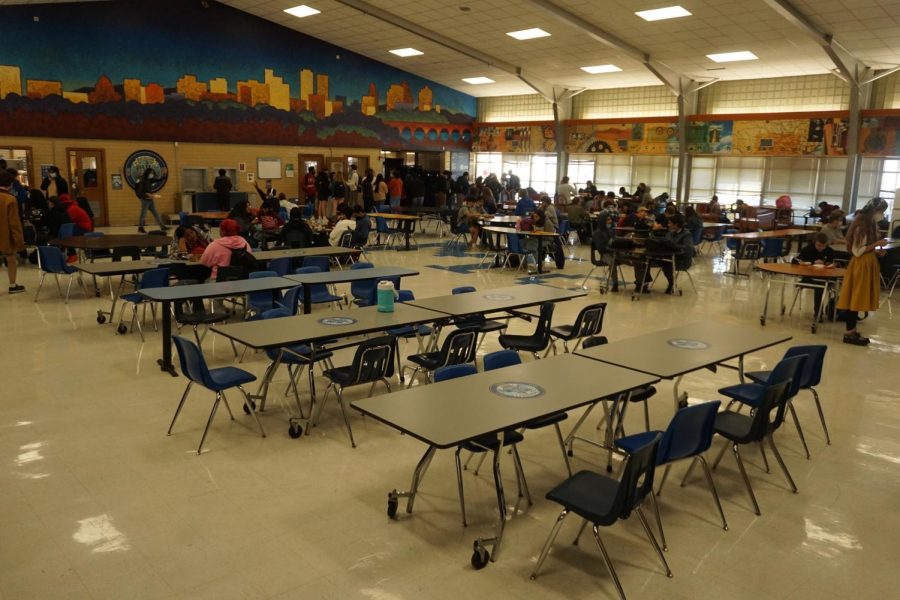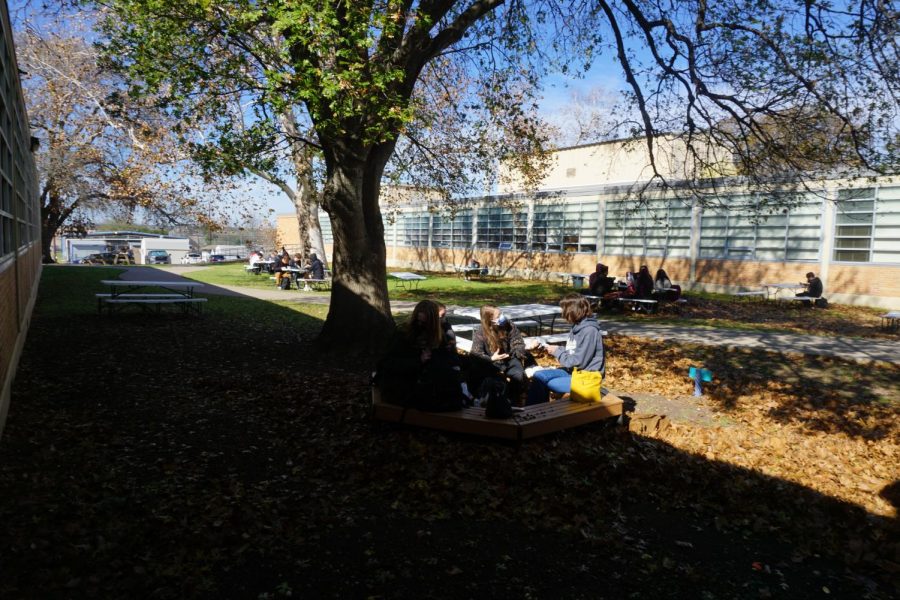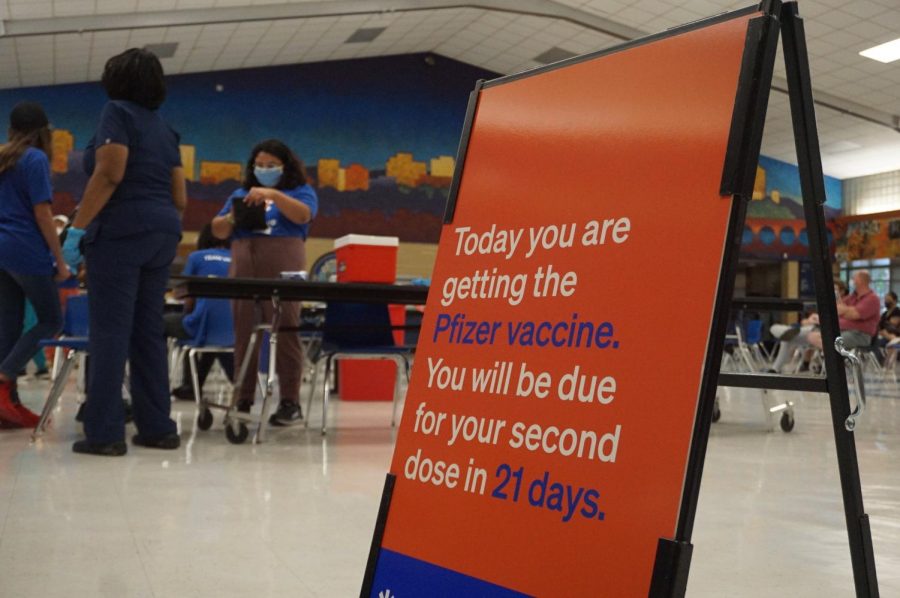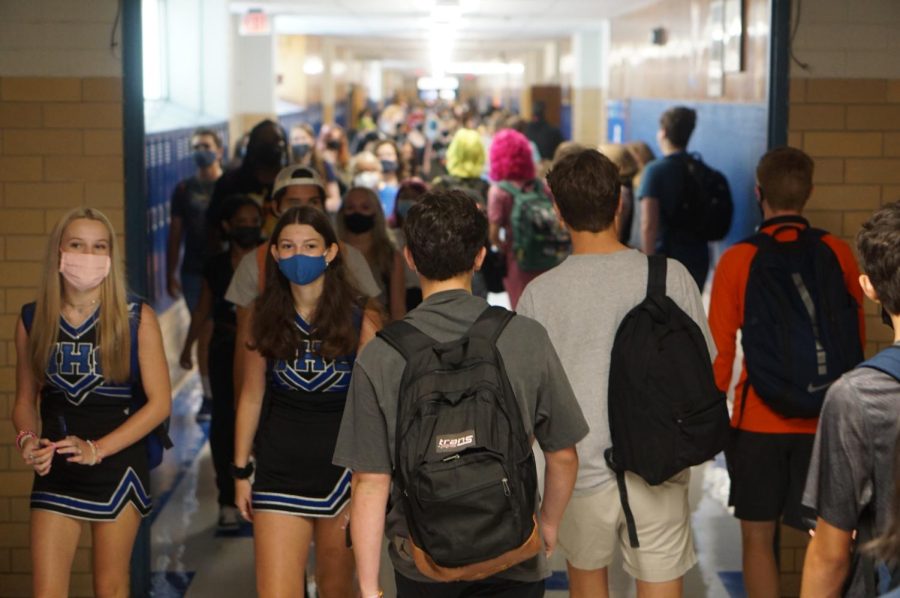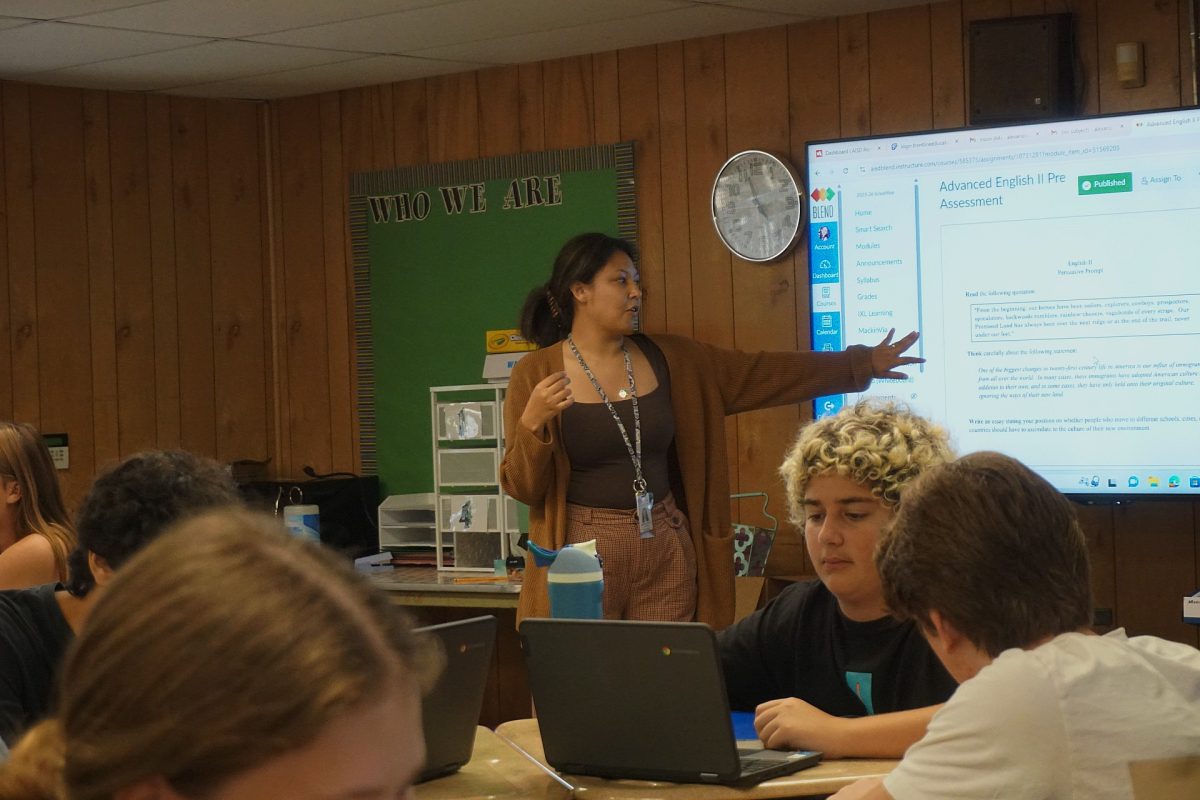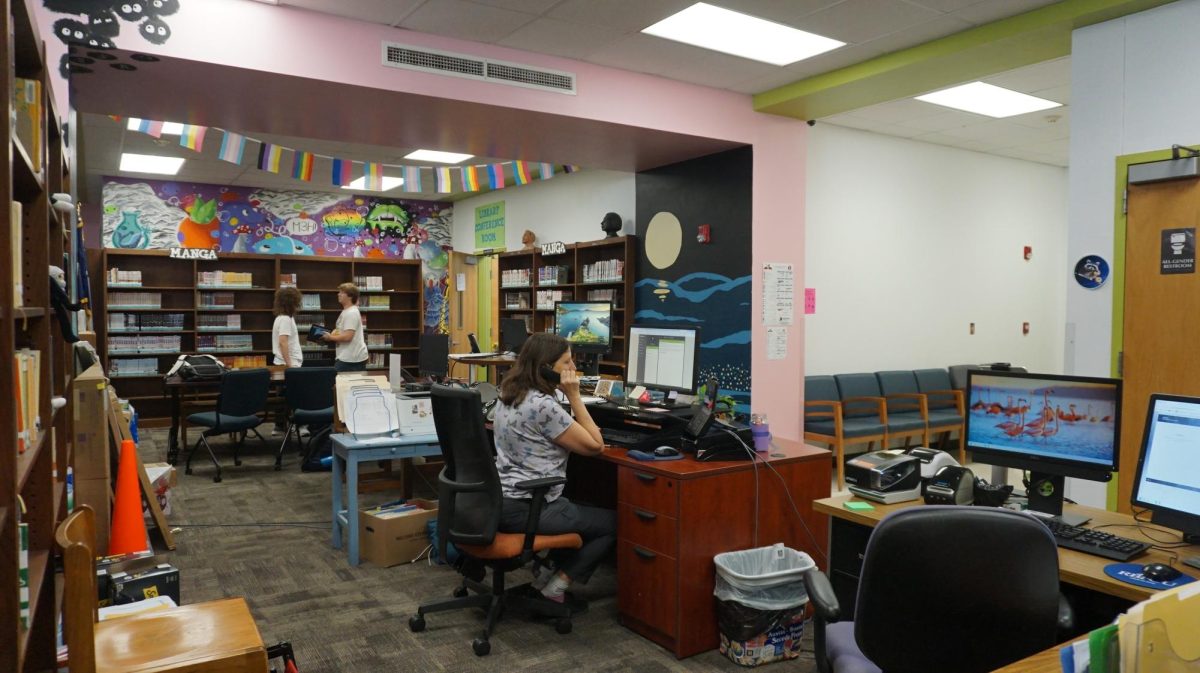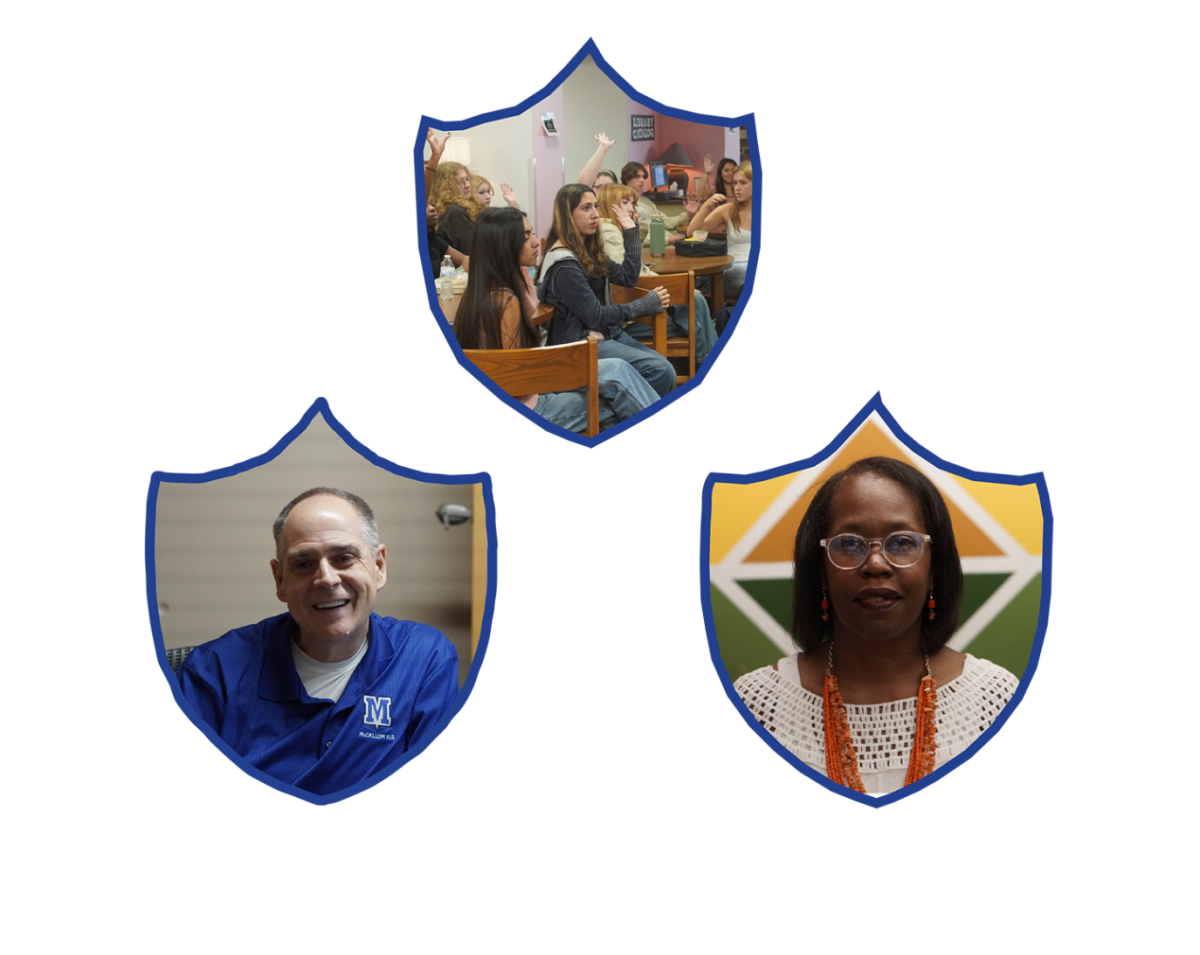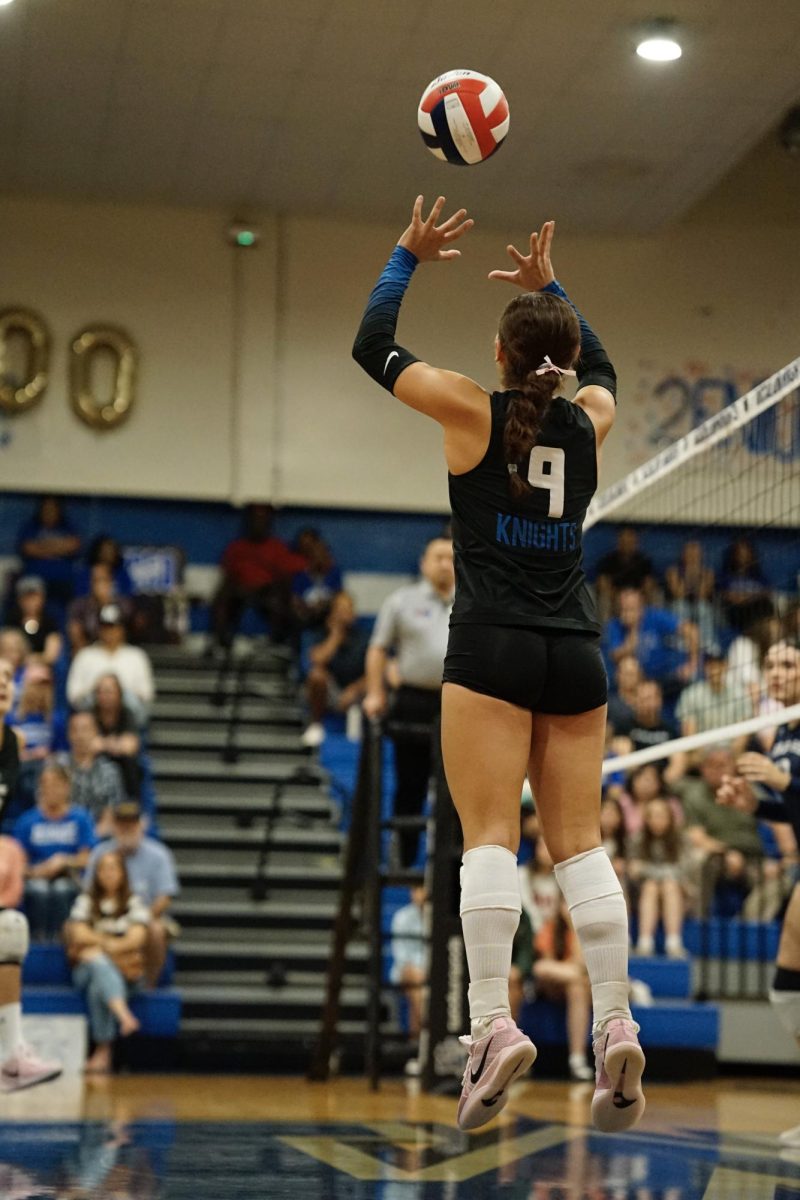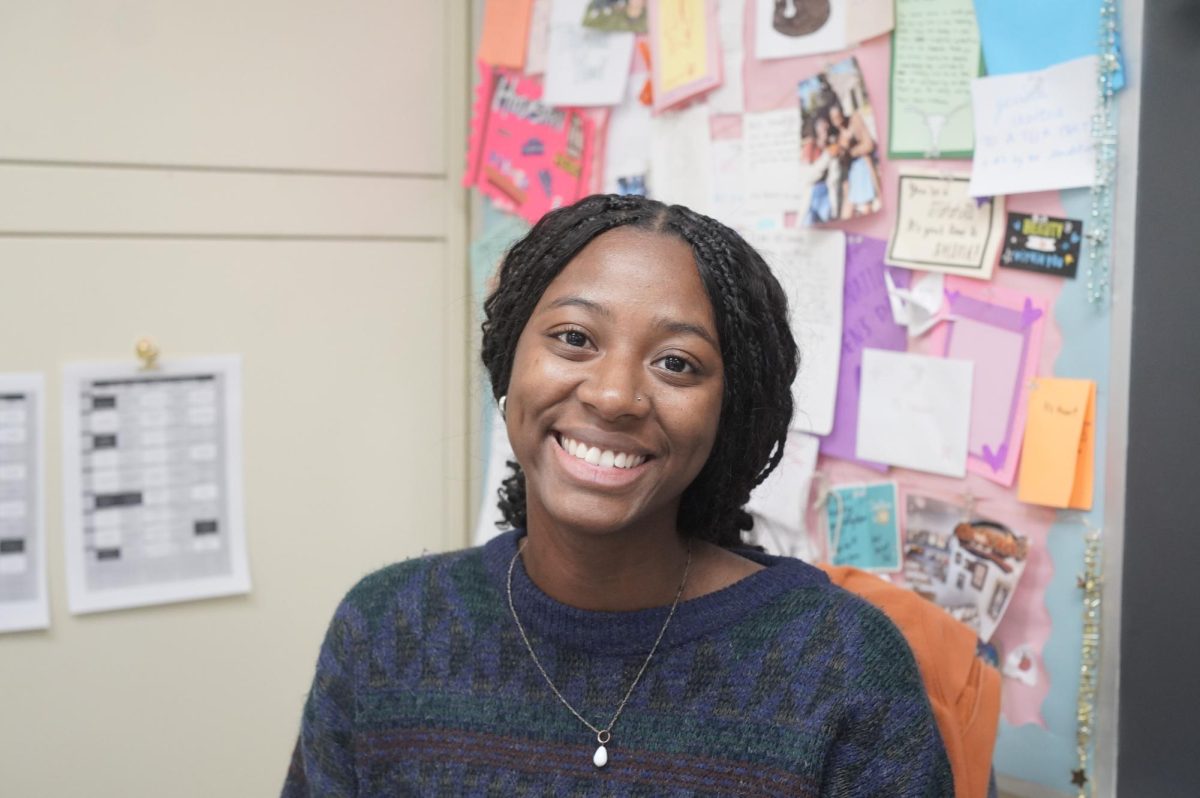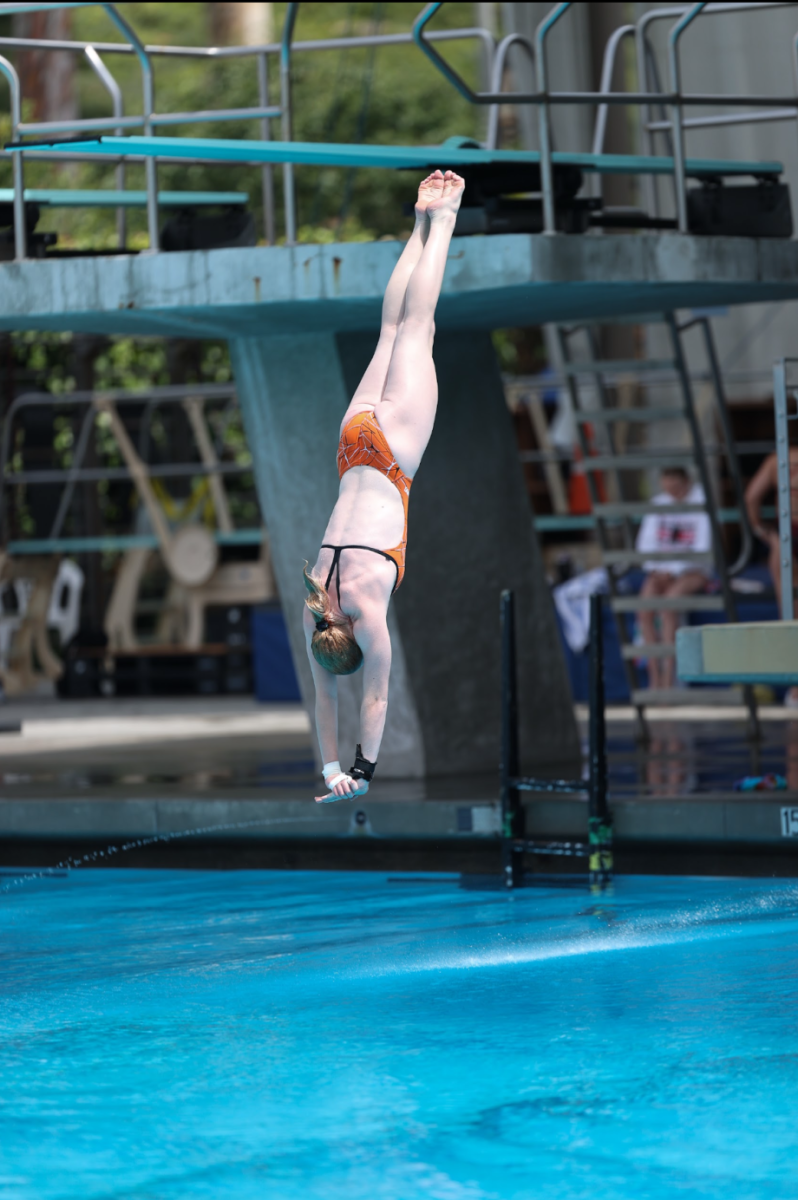McCallum English teacher Nikki Northcutt said that it was clear from looking at pictures on Instagram that student athletes and coaches are putting themselves in a more high-risk environment than she is comfortable exposing herself to in learning groups, which began today. She wrote a letter to the McCallum administration team asking that they separate athletes who have been exposed to larger groups of people from other students and teachers returning to campus this week, and evidently the 26 other teachers who signed the letter agreed with her.
“If they want to accept extra risk, we get it,” Northcutt said. “That is something they decided to take on, and I get that people need that in their lives, and they want to take that risk on, and that’s totally fine, but we don’t feel that risk should also come onto the campus with learning groups.”
Austin Public Health Interim Health Authority Dr. Mark Escott corroborated Northcutt’s claim that student athletes are exposing themselves to extra risk by practicing and playing in person, particularly in the case of football. During his briefing to Travis County Commissioners on Sept. 1, Escott said that student athletics programs causing some of the COVID-19 community spread.
“We currently have four primary and secondary school-related clusters which represents more than 25 cases,” Escott said. “Several of those clusters are related to athletic programs, in particular, strength and conditioning programs with football teams.”
During his Tuesday briefing to the county commissioners, Escott again said that it is after-school extracurricular activities and not in-person classes that have led to the spread of COVID in Travis County.
“Those extracurricular activities where we are seeing clusters are football programs, band programs and cheerleading programs,” Escott told commissioners. “It’s generally because those activities are not amenable to distancing and masking.”
Yesterday morning, McCallum administrators responded to the teachers’ letter by rearranging some learning groups so that the football, basketball and volleyball teams are separated into their own learning groups and supervised by their respective coaches. Assistant principal Andy Baxa said that they made their decision on which sports to separate by looking at the CDC guidelines which outline which sports are the highest risk. The administration made the decision not to apply this distinction to lower-risk sports like tennis, cross country, golf and swimming.
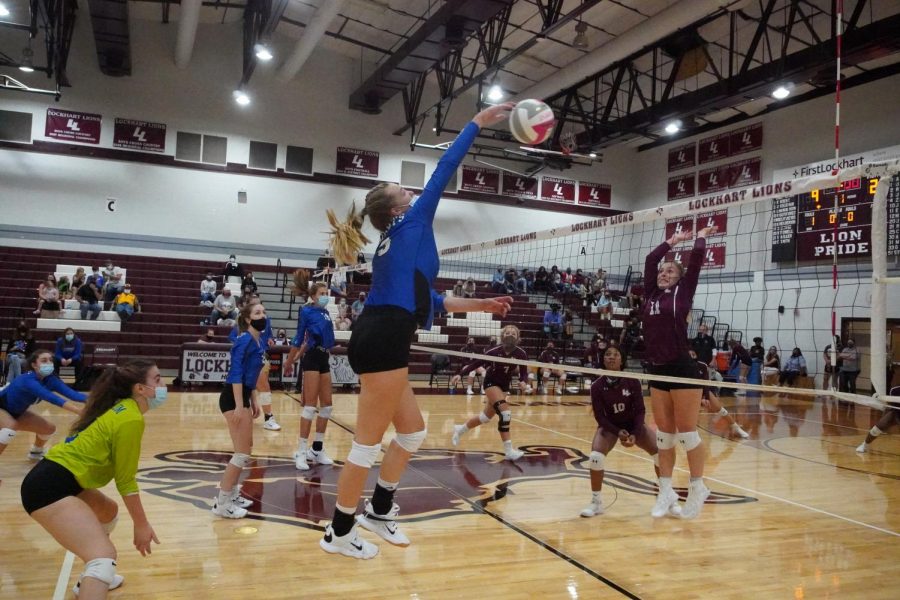
“Safety’s our guiding force, and that should be what we kind of put above everything else,” Baxa said. “So, this is well within our control and so that’s why we didn’t mind, as an admin team, taking the time to redo it, even if it was over the weekend and even if it’s 48 hours before, we’re gonna do it on Monday. There’s a way to make it happen, we should make it happen.”
McCallum Principal Nicole Griffith echoed this sentiment that safety is the top priority going into in-person learning, but she does concede that the current learning group format is not the most conducive to learning even though it does help.
“I think we’re doing everything we can to keep it safe at McCallum,” Griffith said. “Everyone’s going to be wearing masks, and we are absolutely able to social distance in the classrooms, and we have all the PPE ready to go, so I feel really confident in what we’re doing right now as far as safety goes. I’m not sure it’s the best instructional thing, and I’ve talked about that a lot in different parent meetings. We know that, and it’s not great for connection… but it’s the safest thing we can do at the moment.”
McCallum football coach Tom Gammerdinger supports the rearrangement of learning groups to isolate athletes and coaches, citing the benefits for all parties involved.
“I think it’s a good thing for everyone,” Gammerdinger said. “From the perspective of teachers and students who are not involved with football, I certainly respect their desire to remain separate from our players and coaches. Contact amongst our players and opponents is unavoidable, and is something we have all agreed to. However, it is not something that everyone else signed up for and I’m sure it would make them nervous to be around us. From our perspective, it is a good thing because it protects us from additional exposure.”
By separating out the student athletes and coaches, the administrators aren’t just protecting the safety of learning group teachers, they’re protecting the safety of students as well. Northcutt said that she and the other learning group teachers are fully prepared to supervise students in person, but that these separate athletic learning pods will make the arrangement safer for everyone.
“With the learning groups, with the students that are coming to learn who are not athletes, we teachers are happy to supervise them,” Northcutt said. “We are prepared to do that on Monday, but we think that the groups that are accepting additional risk of COVID-19, which is the athletic groups, should stay together in their groups. That’s the whole reason we’re doing learning groups, is to mitigate risk and to keep these kind of germ pods together. So it kind of defeats the purpose if you’re bringing coaches into that group.”
Northcutt emphasized that she is glad student athletes have a way to continue their sports which are so important to their school experience, and she is grateful to the coaches willing to assist with that. Northcutt herself is a former Mac volleyball coach, but stopped this year in part because she did not want to accept the extra risk that comes with being a coach in the era of COVID-19.
“As a former coach and for someone who’s really close friends with coaches, I support the coaches,” Northcutt said. “I am completely in awe of what they are doing, I do not know how they are doing what they are doing. I love that they are there for the kids who want to play, and the families who want to play, and I completely one hundred percent support it. However, it is more risk. And they have chosen to take on that risk; we have not. And we shouldn’t be forced to.”
Boys’ basketball coach Daniel Fuentes is understanding of the teachers who pushed for a rearrangement and is glad that the changes to learning groups could be made.
“It seems like our tolerance for flexibility will be tested all year,” Fuentes said. “Everything seemed to be in place Friday after the faculty meeting but then I was dealing with changes Saturday night. I understand the teachers’ concerns and I’m glad the McCallum administration was able to accommodate them.”
One of the key concerns when rearranging the learning groups to separate athletes and coaches was choosing teachers to supervise the learning groups that had previously been assigned to coaches. Baxa explained that besides teachers with special accommodations, there are two groups of teachers cleared to return to school: teachers currently assigned to learning groups and “support” teachers who are available if the number of students wanting to attend in person grows. Baxa says the administration pulled from these two groups but continued to respect teachers with accommodations.
“There are going to be situations where we had teachers that previously were identified as a support group teacher, that weren’t necessarily going to be covering a learning group initially… and there were teachers in the learning groups originally that became part of the support group as well,” Baxa said. “So, there was some movement on both sides of that turf, but all the teachers knew that there was going to be some responsibility during that time. Any teacher that was on an accommodation or something is still on an accommodation; we’re not using anybody in that realm. We are using teachers who were going to be able to work on Monday anyway.”
Baxa said that separating athletics into their own learning groups is only one of the things McCallum is doing to meet the individual needs of those students returning to campus. There will also be a group for special education students, which will have more intensive assistance for those students.
“Student safety is paramount, teacher safety is also paramount, so once we take care of that, we can look at how we can address each individual, kind of learning needs, and there are a couple of other things we’ve done as well besides just the athletic group,” Baxa said. “We’ve got a special ed group where we’re going to be providing more intensive support for them as well. So, we’re looking to try to address needs as much as possible.”
Girls basketball coach Lorie Campbell said that the decision makes sense because the student-athletes have had contact with people from other schools. Putting them in their own learning groups, Campbell said, means less exposure to others in learning groups.
Volleyball coach Amy Brodbeck also supports the move to separate athletics learning groups and emphasized that flexibility is key in this time when a lot of things are uncertain.
“I completely understand why teachers would want the athletes to be grouped together; it is necessary,” Brodbeck said. “It was suggested to create athlete learning groups over a month ago, but this COVID time that we live in has made it challenging. Flexibility is the key to this pandemic… This is a constant changing scenario and all people involved need to be flexible.”
Griffith said that in this uncertain time, new concerns and needs will continue to come up and it’s important that everyone be able to adjust to new circumstances as the situation unfolds.
“I’ve told all the staff, and I’ve told myself this many times in the last three months, we have to be flexible,” Griffith said. “Flexibility is the word of the year. Because as soon as you get something all figured out, something is going to change, that’s just the way the situation is unfolding. We can’t predict how it’s going to work out, we can’t control everything around us, but we can adjust.”
Griffith said that it was difficult to rearrange the learning groups last-minute in order to separate out athletes and coaches, but that it was worth it in the end. At least one other AISD high school, Bowie High School in south Austin, has also decided to assign its student athletes to learning groups with their teammates and coaches and away from other students and teachers.
“I will be honest, it did create a whole lot of work to try to adjust,” Griffith said. “But I do think it’s worth it, and the more our staff, students and families feel comfortable and safe at McCallum, it’s a win for everybody.”
–with reporting by Javier Vela and David Winter



